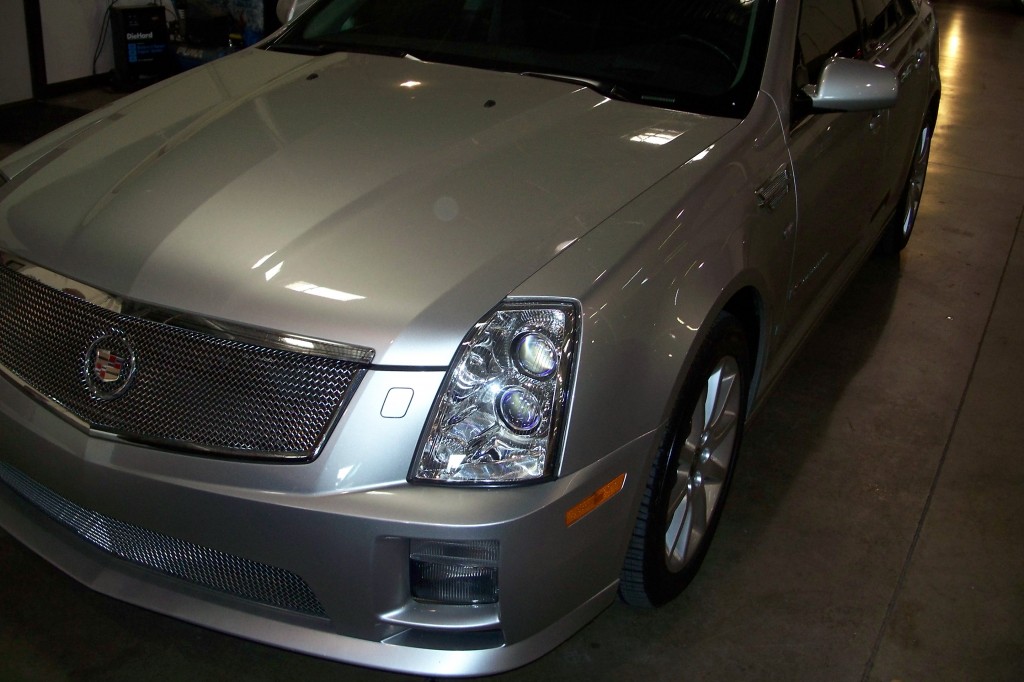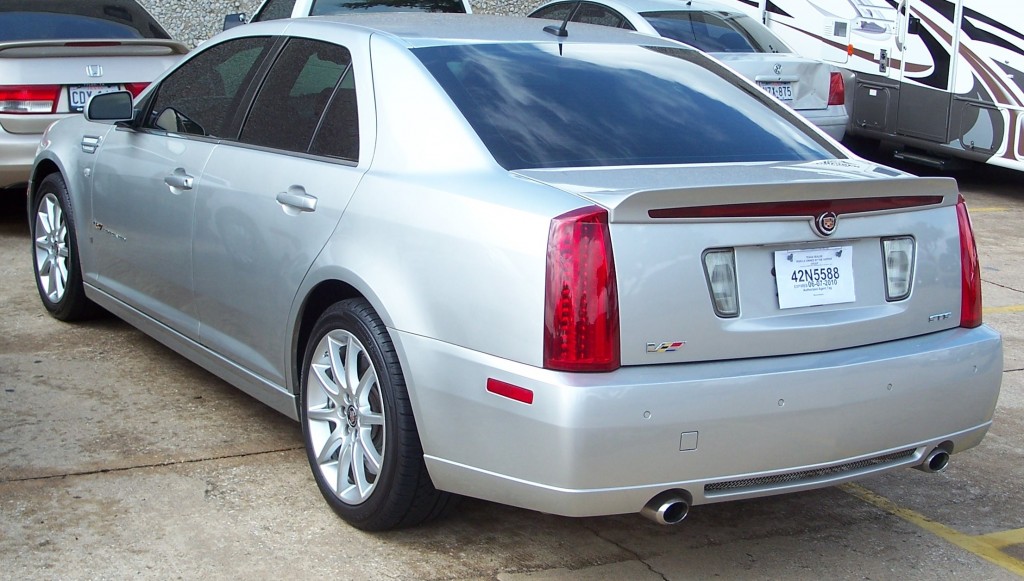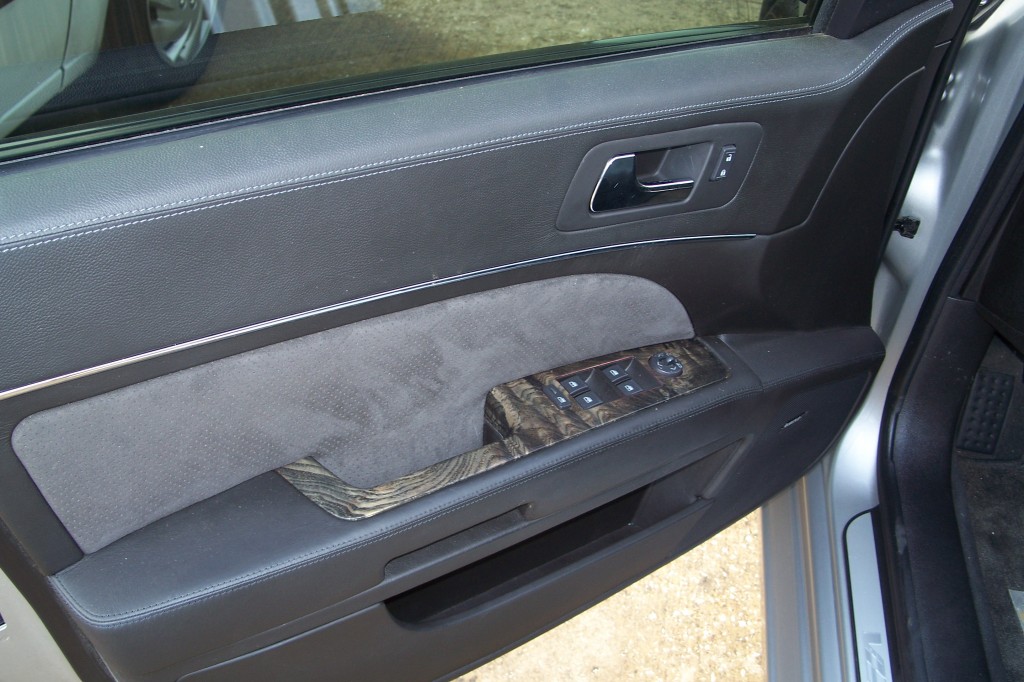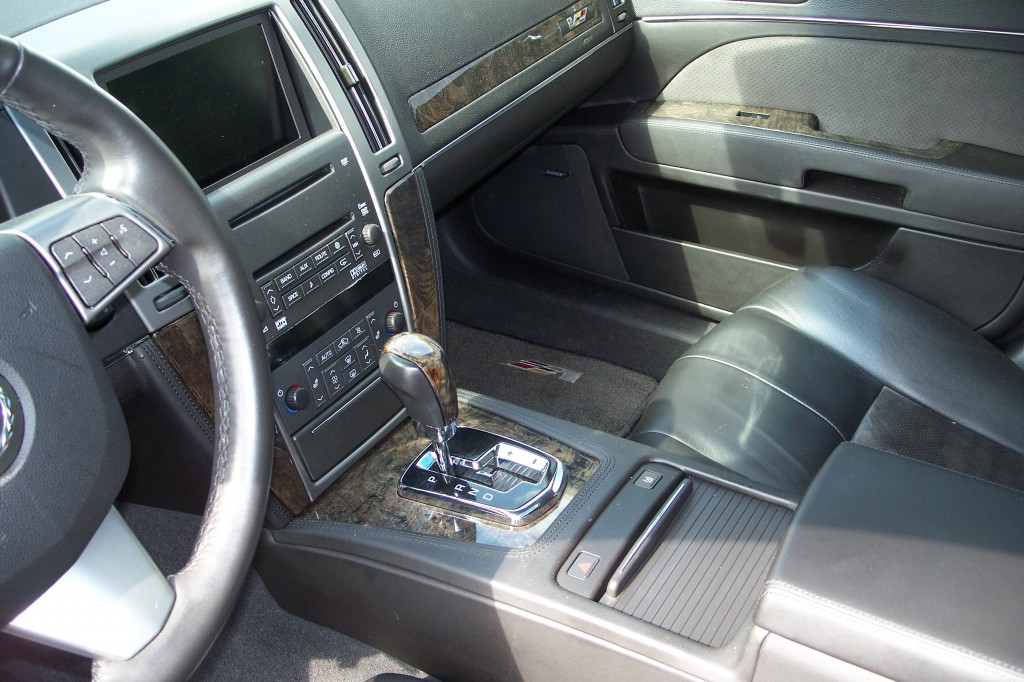One of my elevator speeches I took the liberty of arguing sharing with Cadillac’s Nick Twork when we met was Luxury vs Performance.
Cadillac in the mid-90s came out with an SLS variant of the Seville, and a STS variant. The SLS was for Seville Luxury Sedan, and the STS for Seville Touring Sedan. The idea was that if you wanted max luxury, soft ride, max options, get the SLS. If you want max performance, cornering, power get the STS. Now the reality was that the STS tended to always be better optioned than the SLS, so if you could afford the higher price it was the right option for almost anyone.
Cadillac perhaps did a better separation on the Deville, where the DHS, now for Deville High-Luxury Sedan, and the DTS, Deville Touring Sedan, separated from the base Deville. In this case, the DHS tended to have the same maximum accessories as the DTS, except where the DTS had extra performance items then the DHS had additional luxury items.
In modern terms, Cadillac has evolved this philosophy as the V-Series, no-holds barred performance, and the Platinum Series, maximum luxury options.
I argue that this is a mistake.
A Cadillac should be both luxury and performance. Bringing out a model that is marketed as max luxury at the cost of performance, or max performance at the cost of luxury is a compromise. Cadillac should be about Luxury Performance. Luxury performance is not about compromises; luxury performance is about plentiful, or “more than adequate”, or breathtaking.
I recognize that some Buyers want a softer ride and more padding beneath softer leather. Other buyers want a tightly sprung racing Cadillac for the street. It is good to have options.
However, note that the new MR magnetic suspension suddenly makes a soft ride in town and a track-ready ride available in a single suspension system.
I think the key is to start from a very high standard, and emphasize the additional features. In other words, the Luxury Version starts from a High Performance Cadillac, and adds even more luxury features. The V-Series starts from a High Luxury fully equipped Cadillac, and adds track-ready Performance features. Both models are Luxury and Performance, but in the Platinum the emphasis is on the Luxury end of the spectrum, while in the V-Series the emphasis is on the Performance end.
Instead, Cadillac has in mind to offer Platinum variants of certain models, such as the Escalade, DTS, STS, or XTS once it arrives, but not V-series of those models. They also offer V-Series of certain models, CTS-V, and hopefully ATS-V the year after it arrives, but not Platinum variants of those models. The idea I think is models that lend themselves to luxury over performance already, offer the max luxury Platinum Series example. Models that lend themselves to Performance already, offer the max performance V-Series. This approach limits Cadillac and limits Buyers. What my DTS friends often want is a maximum performance DTS; bring all the goodness of the DTS’ room and luxury and more power and handling. CTS-V fans may want to see the missing luxury items such as premium leather interiors, lane change warning, and blindspot warning systems.
A Customer-aware order sheet would allow the addition of Platinum Series maximum luxury OR V Series Maximum performance to any of the excellent high-standard feature Cadillac platforms. Luxury AND Performance, per the individual Customer’s tastes. That is Cadillac.






